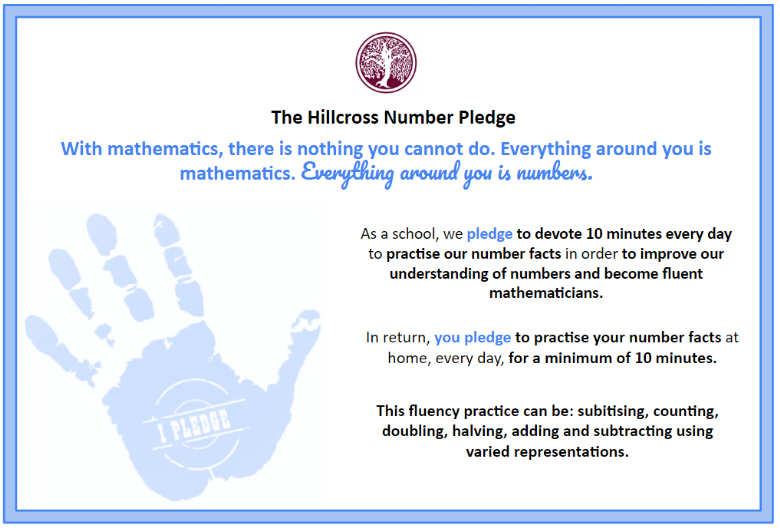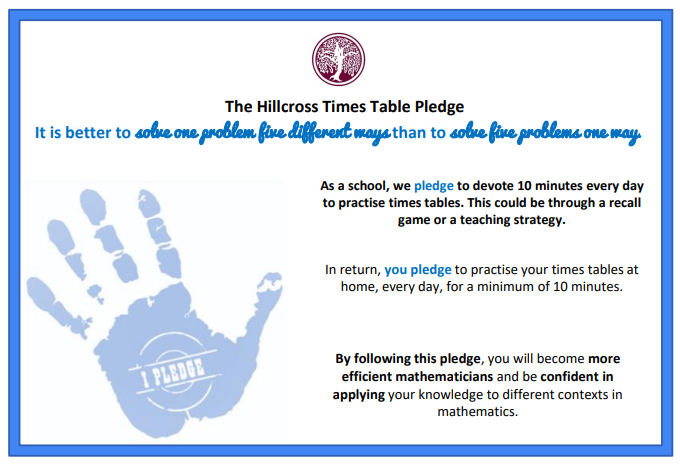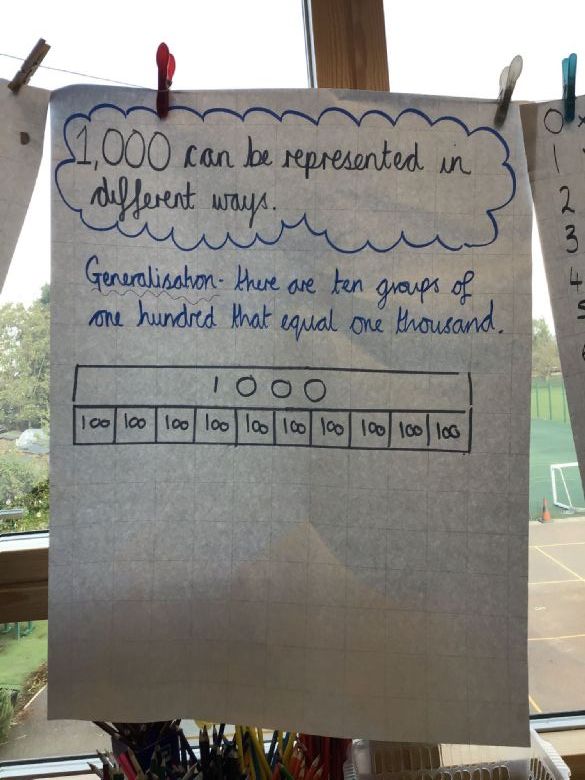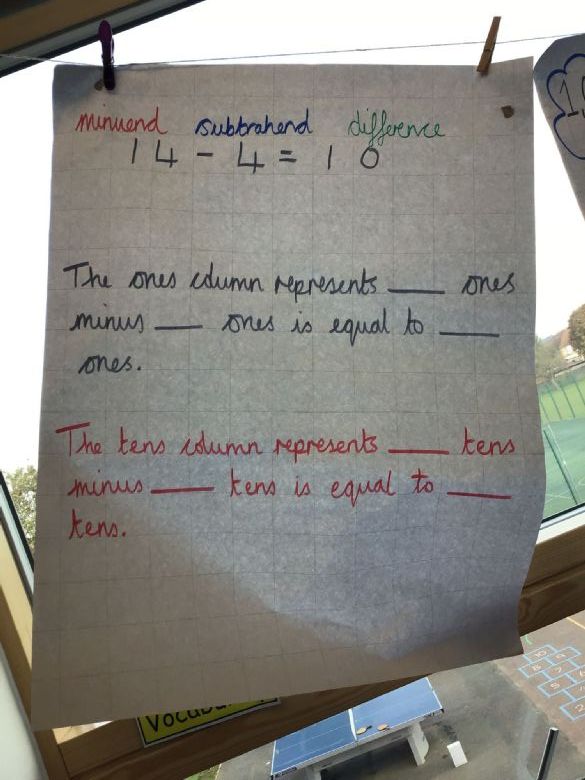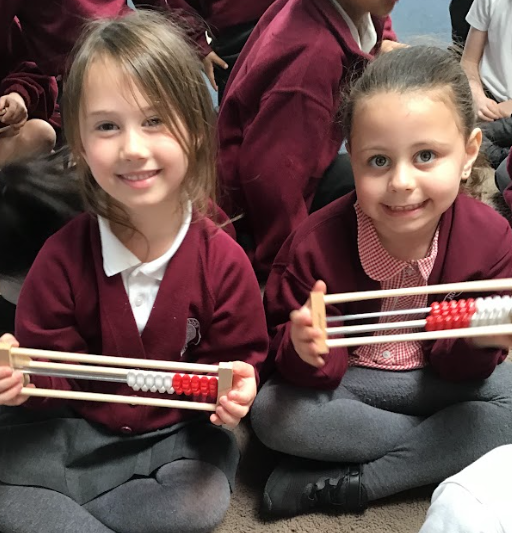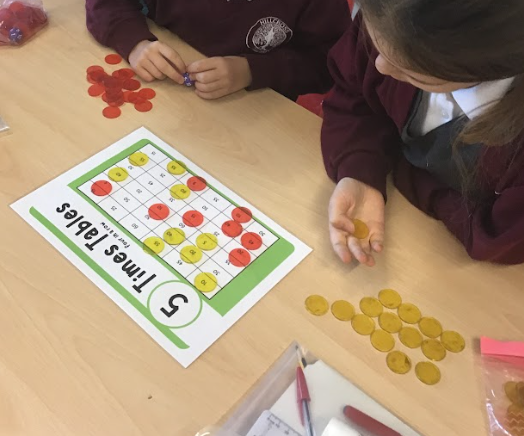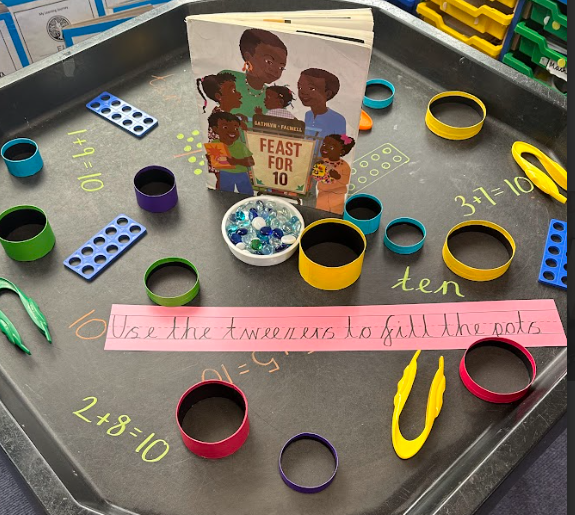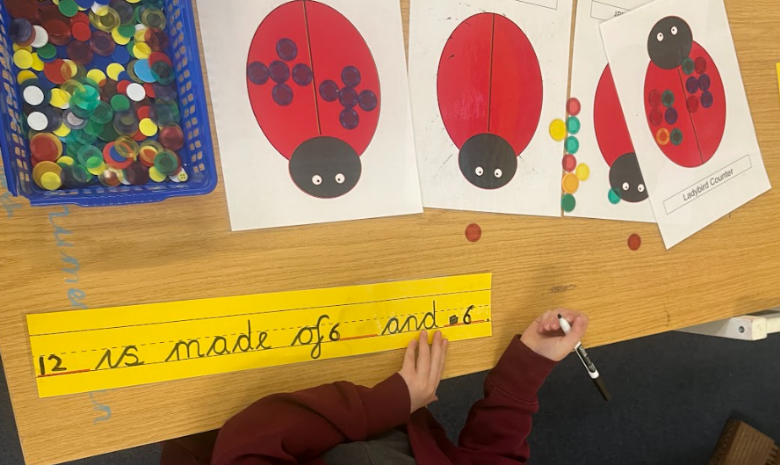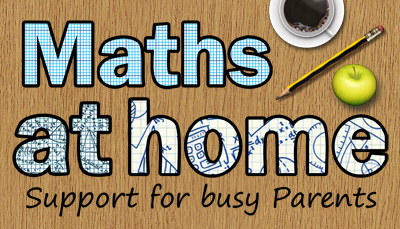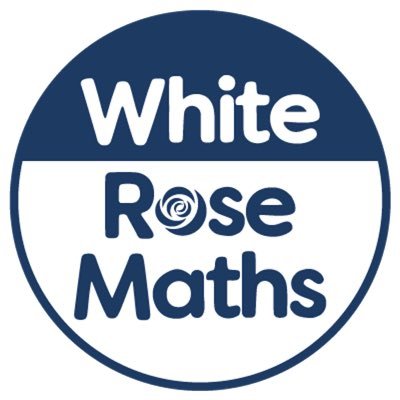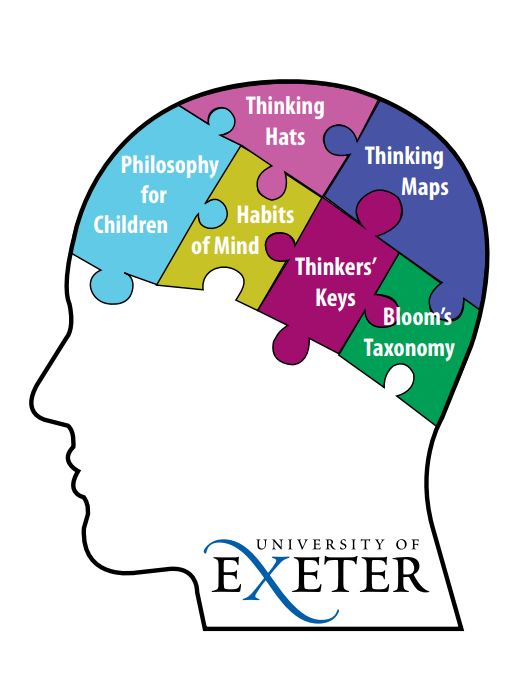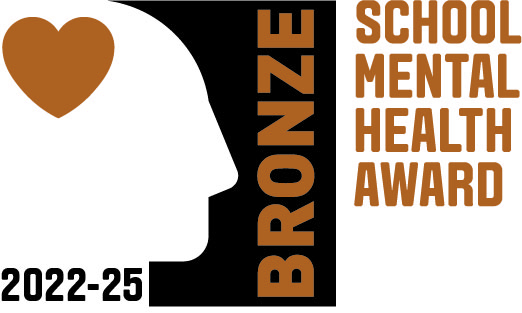Maths - Teaching for Mastery
“Mathematics is not about numbers, equations, computations or algorithms: it is about understanding.” - William Paul Thurston
Our Mission
By the time children leave Hillcross, they will be confident and efficient mathematicians with a deep understanding, prepared and ready for their next stage in education.
Our Vision
-
Mastering maths means pupils acquiring a deep, long-term, secure and adaptable understanding of the subject.
-
The phrase ‘teaching for mastery’ describes the elements of classroom practice and school organisation that combine to give pupils the best chances of mastering maths.
-
Achieving mastery means acquiring a solid enough understanding of the maths that’s been taught to enable pupils to move on to more advanced material.
(NCETM, 2021)
Why are we Teaching for Mastery?
The focus of the teaching and learning of maths is on the process rather than finding the answer. By taking this approach, pupils will follow a small-step progression that reduces cognitive load and develops them as mathematicians whilst raising standards in attainment and progress.
-
Pupils need to be secure with their fact fluency to create more efficient mathematicians.
-
Pupils will build on previous knowledge to make connections with their learning.
-
Pupils will think mathematically, deepening their understanding and developing their vocabulary.
-
Pupils will learn better when given the correct representation to support their understanding.
At Hillcross, we recognise the importance of fact fluency and know that children need a secure understanding of number facts, including times tables, in order to be efficient mathematicians. We strive to provide children with plenty of opportunities to practise this and therefore, have introduced The Hillcross Number Pledge for Early Years and Key Stage 1 (Nursery - Year 2) and The Hillcross Times Tables Pledge for Key Stage 2 (Years 3-6):
In addition to this, as a school, we use Times Tables Rock Stars: an engaging, exciting, online platform where children can practise their times tables; compete in daily challenges; and participate in tournaments against their peers. Each week, as part of Maths Home Learning, children will be set multiplication and division facts by their class teacher which builds upon what they have focused on in lessons.
What does Teaching for Mastery look like at Hillcross?
How can you support your child with fact fluency at home?
- Practise with your child in short, quick bursts.
- Use solid items (Lego bricks, eggs, play-dough balls etc.) and pictures as well as abstract numbers to embed and deepen a child’s understanding of multiplication facts.
- Investigate links and connections between number facts. For example, how the 2 times tables link to the 4 times table and how the 5 times table link to the 10 times tables.
- Create fun quizzes and games (including multiplication bingo, SNAP! Rock, Paper, Times Tables!) for children to play or discover and play online.
How can you deepen your child's thinking at home:
Representations
Representations are used in lessons to expose the mathematical structure and to support the context of the learning. Over time, children should progress to using the abstract without the representation. This is when the maths is easy!
Part-Whole Models
Cherry Model Bar Model Fraction Wall
Stem Sentences
These provide a structured sentence for children to communicate their ideas with mathematical precision and clarity.
Some examples that you could use at home:
- When looking at part-whole structures, 'If _____ is the whole then _____ is part of the whole.'
- When dividing fractions, 'To divide a fraction by a whole number, we can change it to an equivalent multiplication. To divide by ___, we can multiply by ___.'
Generalisations
These are when we are able to look at multiple examples and find the 'truth' as it were / what happens every time. For example:
- 'As the whole increases in size and the size of the selected part remains the same, each part becomes smaller in relation to the whole.'
- 'To find 10% of a number, divide it by ten.'
- 'If you keep the minuend the same and decrease the subtrahend by an amount, the difference will increase by the same amount.'
Please click on the images below to access these useful websites that you can use at home:

